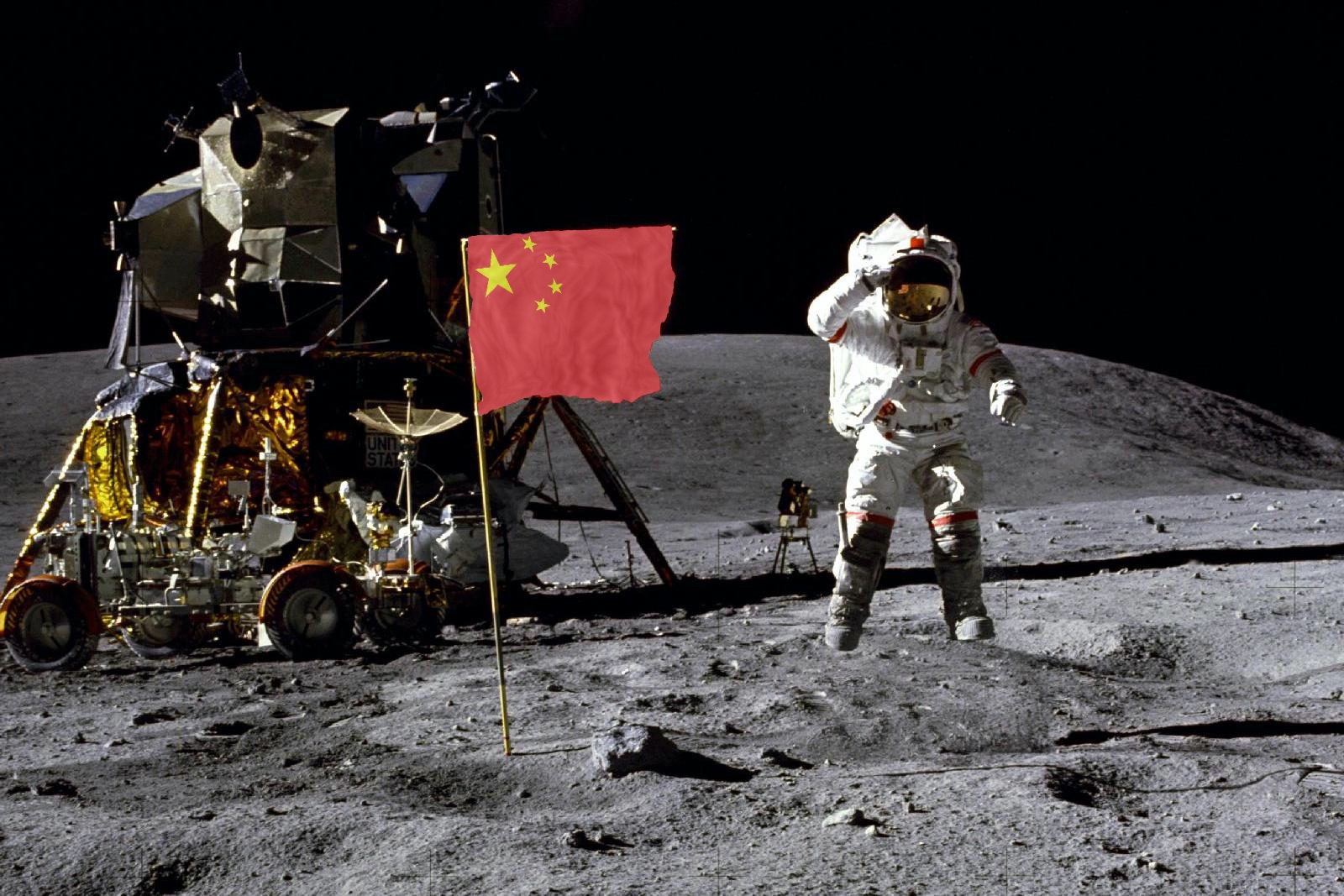
Science
It’s Time to Mine the Moon for Helium-3. China is Already Planning on It.
For decades, the quest for generating electricity by a fusion reactor, called a tokamak, has been a search in futility. While it has been possible to generate electricity through the fusion process, the cost of generating fusion has, until recently, always been greater than the amount of energy gained. In simpler terms, the input of energy expended in creating the fusion process is more than the output obtained. A standing joke among physicists has always been that fusion is only 30 years away. No more. And with the coming age of fusion, helium-3 will soon become a serious national security issue for the United States.
Fusion is the source of the Sun’s energy. In contrast to the fission reactor, which splits atoms, a tokamak fuses atoms to release energy. Unlike the fission reactor, a fusion tokamak does not emit dangerous radioactive waste. If there is a malfunction in a tokamak, the energy being created called plasma, short circuits, and becomes water. In contrast, a malfunction in a fission reactor generates radioactive waste and pollution. The Chernobyl accident in April of 1986 is a good example of the radioactive fallout from a malfunctioning fission reactor.
With the recent breakthrough by Commonwealth Fusion Systems (CFS) on September 5, making fusion power available in the early 2030s will soon make the demand for helium-3 inelastic.
The Massachusetts Institute of Technology is generally considered to be one of the best universities in the world. So, it is not surprising that Commonwealth Fusion Systems began at MIT at the Plasma Science and Fusion Center (PSFC). Using their AlcatorC-Mod tokamak, the PSFC tried an experiment with a three-ion fuel instead of the traditional two-ion fuel. Using radiofrequency heating to ignite 2 milligrams of helium 3, the helium 3 then ignited deuterium, which in turn ignited the third-ion fuel, hydrogen. In the new three-ion fuel scheme, all the RF energy is absorbed by just a trace amount of helium-3 and the ion energy is boosted even more — to the range of activated fusion products.
This was the final experiment that the MIT team performed on their tokamak in the fall of 2016. Because it was the last in a series of experiments, it was also the last experiment to be analyzed in 2017. When the data was analyzed, the MIT team found that the new fuel combination raised the energy release to megaelectronvolt (MeV) levels. One MeV is equal to one million electron volts. “These higher energy ranges are in the same range as activated fusion products,” explains John C. Wright, a PSFC research scientist. “To be able to create such energetic ions in a non-activated device — not doing a huge amount of fusion — is beneficial, because we can study how ions with energies comparable to fusion reaction products behave, how well they would be confined.”
The results of the experiment by PSFC were so startling that the United Kingdom’s Joint European Torus (JET) conducted its own experiment and got the same results. After the experiment was verified by the JET, the scientists at MIT founded Commonwealth Fusion Systems with an initial investment of $50 million from the Italian energy giant ENI.
On September 5, Commonwealth Fusion Systems conducted an experiment with a new 10-ton magnet coated in a chemical called REBCO. The high-temperature superconductor magnet was activated for 5 hours and achieved a strength of 20 teslas. Prior magnets, made from copper had required an expenditure of 200 million watts to create what scientists call a magnetic bottle in order to contain the fusion plasma. This new magnet consumed only 30 watts. By dramatically reducing the amount of energy consumed in creating the magnetic bottle, the new HTS makes the energy input less than the energy output generated. In other words, there was a positive output greater than the input.
The use of helium-3 in the experiment conducted by the PSFC in late 2016 along with deuterium and hydrogen provided the breakthrough that brought about active fusion activity and led to the founding of Commonwealth Fusion Systems. However, the need for helium-3 is presenting a problem because of its rarity.
Helium-3 is not indigenous to Earth. It can be harvested from tritium when tritium reaches a half-life of 12.3 years. While tritium is not indigenous to Earth, it can be made in a fission reactor. All of the helium-3 in commercial use today is produced by this method. This presents safety and radioactive waste problems.
The current uses of helium-3 have been confined to the use for medical imaging technology, and since 9/11, it is also used in neutron radiation detectors. With the expanded use of helium-3, the demand has outstripped supply, leading to a shortage of the element. Charles Ferguson, the president of the Federation of American Scientists, has said that the shortage of helium-3 has created a “huge national security problem.”
With helium-3 now a key ingredient in the new fusion process, the demand for helium-3 will become inelastic in terms of economic demand. To satisfy demand another way is needed to produce more helium-3. This can be accomplished by the increased production of tritium, or to mine the Moon where 1.1 million metric tons of helium-3 are estimated to be present in the Moon’s regolith.
The current price for helium-3 is $140 million for 220 pounds. The value of helium-3 on the Moon at current prices would be $1.543 quadrillion. This does not take into effect the increase in the price of helium-3 that would occur once it is used in the creation of the fusion process based on the new ion fuel that will power CFS’s new tokamak, once it is commercially available.
Currently, the only company mapping helium-3 fields on the far side of the Moon is China. The Chang’e 4 mission was launched in 2019, and its primary mission is to map the location of helium-3 deposits. With helium-3 providing the ignition agent for the fusion process developed by CFS, China is potentially able to corner the market for helium-3 from the Moon.
This is clearly a national security issue for the United States, and indeed the world. If China were to gain a monopoly of the helium-3 available on the Moon, China would power itself into the premier economic power on Earth, despite its many financial failings. It is imperative that the United States and its allies be able to figure out an economic way to mine helium-3 on the Moon. It’s the plot to any number of Science Fiction novels and movies, but that is the reality.

